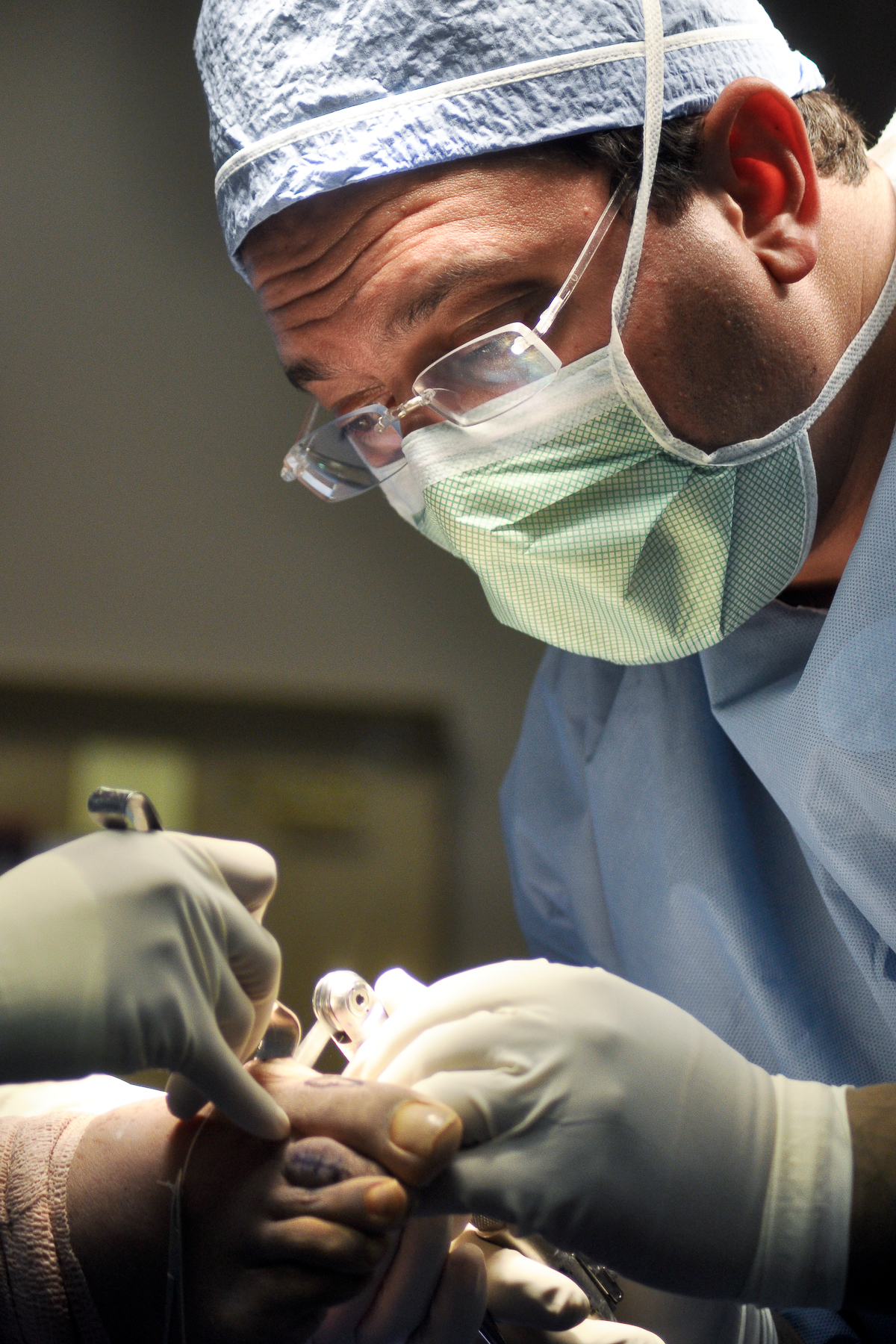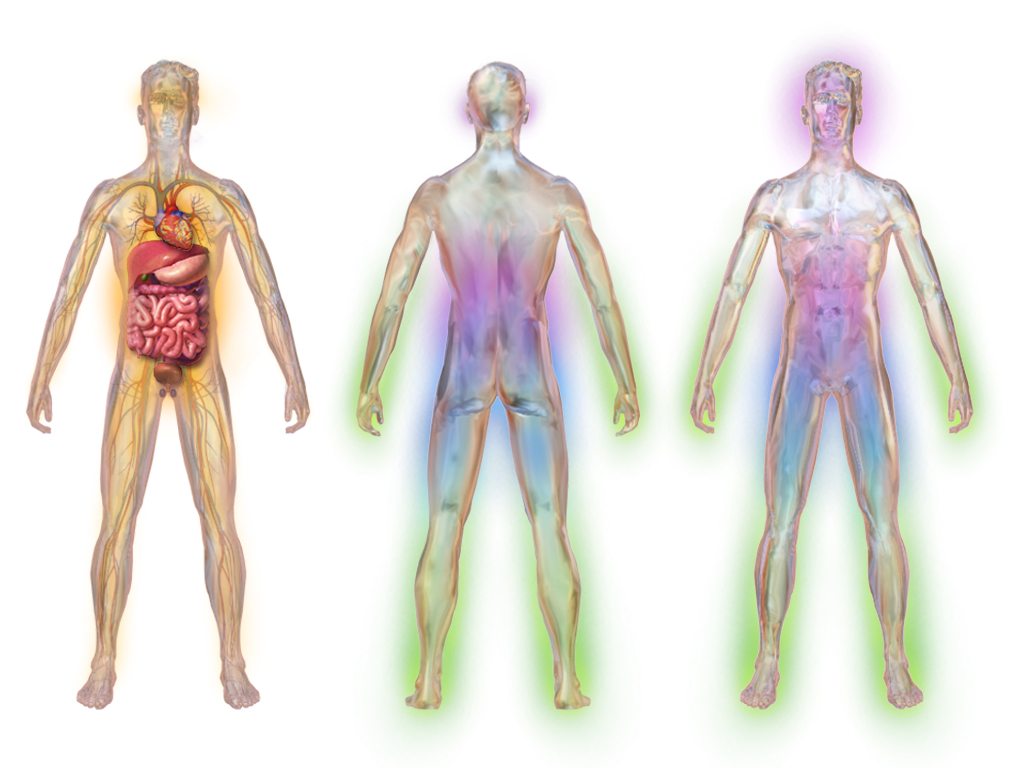|
Foot Pressure
Pedobarography is the study of pressure fields acting between the plantar surface of the foot and a supporting surface. Used most often for biomechanical analysis of gait and posture, pedobarography is employed in a wide range of applications including sports biomechanics and gait biometrics. The term 'pedobarography' is derived from the Latin: ''pedes'', referring to the foot (as in: pedometer, pedestrian, etc.), and the Greek: ''baros'' meaning 'weight' and also 'pressure' (as in: barometer, barograph). History The first documented pedobarographic study was published in 1882 and used rubber and ink to record foot pressures. Numerous studies using similar apparatus were conducted in the early- and mid-twentieth century, but it was not until the advent of the personal computer that electronic apparatus were developed and that pedobarography became practical for routine clinical use. It is now used widely to assess and correct a variety of biomechanical and neuropathic disorders. ... [...More Info...] [...Related Items...] OR: [Wikipedia] [Google] [Baidu] |
Plantar
Standard anatomical terms of location are used to unambiguously describe the anatomy of animals, including humans. The terms, typically derived from Latin or Greek roots, describe something in its standard anatomical position. This position provides a definition of what is at the front ("anterior"), behind ("posterior") and so on. As part of defining and describing terms, the body is described through the use of anatomical planes and anatomical axes. The meaning of terms that are used can change depending on whether an organism is bipedal or quadrupedal. Additionally, for some animals such as invertebrates, some terms may not have any meaning at all; for example, an animal that is radially symmetrical will have no anterior surface, but can still have a description that a part is close to the middle ("proximal") or further from the middle ("distal"). International organisations have determined vocabularies that are often used as standard vocabularies for subdisciplines of anatomy ... [...More Info...] [...Related Items...] OR: [Wikipedia] [Google] [Baidu] |
Time Series
In mathematics, a time series is a series of data points indexed (or listed or graphed) in time order. Most commonly, a time series is a sequence taken at successive equally spaced points in time. Thus it is a sequence of discrete-time data. Examples of time series are heights of ocean tides, counts of sunspots, and the daily closing value of the Dow Jones Industrial Average. A time series is very frequently plotted via a run chart (which is a temporal line chart). Time series are used in statistics, signal processing, pattern recognition, econometrics, mathematical finance, weather forecasting, earthquake prediction, electroencephalography, control engineering, astronomy, communications engineering, and largely in any domain of applied science and engineering which involves temporal measurements. Time series ''analysis'' comprises methods for analyzing time series data in order to extract meaningful statistics and other characteristics of the data. Time series ''forecasting' ... [...More Info...] [...Related Items...] OR: [Wikipedia] [Google] [Baidu] |
Walking
Walking (also known as ambulation) is one of the main gaits of terrestrial locomotion among legged animals. Walking is typically slower than running and other gaits. Walking is defined by an 'inverted pendulum' gait in which the body vaults over the stiff limb or limbs with each step. This applies regardless of the usable number of limbs—even arthropods, with six, eight, or more limbs, walk. Difference from running The word ''walk'' is descended from the Old English ''wealcan'' "to roll". In humans and other bipeds, walking is generally distinguished from running in that only one foot at a time leaves contact with the ground and there is a period of double-support. In contrast, running begins when both feet are off the ground with each step. This distinction has the status of a formal requirement in competitive walking events. For quadrupedal species, there are numerous gaits which may be termed walking or running, and distinctions based upon the presence or absence of ... [...More Info...] [...Related Items...] OR: [Wikipedia] [Google] [Baidu] |
Podiatry
Podiatry () or podiatric medicine () is a branch of medicine devoted to the study, diagnosis, medical and surgical treatment of disorders of the foot, ankle, and leg. A Doctor of Podiatric Medicine (DPM), or a podiatrist, is a healthcare professional who diagnoses and treats conditions affecting the structures of the foot, ankle, and leg. The US podiatric medical school curriculum includes lower extremity anatomy, general human anatomy, physiology, general medicine, physical assessment, biochemistry, neurobiology, pathophysiology, genetics and embryology, microbiology, histology, pharmacology, women's health, physical rehabilitation, sports medicine, research, ethics and jurisprudence, biomechanics, general principles of orthopedic surgery, and foot and ankle surgery. Podiatry is a high-paying specialization and was listed by ''Forbes'' in 2007 as the 15th-best-paid profession in the United States. The median annual salary of a podiatrist in the US was $124,830 in 2016 acc ... [...More Info...] [...Related Items...] OR: [Wikipedia] [Google] [Baidu] |
Diabetic Neuropathy
Diabetic neuropathy is various types of nerve damage associated with diabetes mellitus. Symptoms depend on the site of nerve damage and can include motor changes such as weakness; sensory symptoms such as numbness, tingling, or pain; or autonomic changes such as urinary symptoms. These changes are thought to result from microvascular injury involving small blood vessels that supply nerves (vasa nervorum). Relatively common conditions which may be associated with diabetic neuropathy include distal symmetric polyneuropathy; third, fourth, or sixth cranial nerve palsy; mononeuropathy; mononeuropathy multiplex; diabetic amyotrophy; and autonomic neuropathy. Signs and symptoms Diabetic neuropathy can affect any peripheral nerves including sensory neurons, motor neurons, and the autonomic nervous system. Therefore, diabetic neuropathy has the potential to affect essentially any organ system and can cause a range of symptoms. There are several distinct syndromes based on the organ syst ... [...More Info...] [...Related Items...] OR: [Wikipedia] [Google] [Baidu] |
Quasistatic Process
In thermodynamics, a quasi-static process (also known as a quasi-equilibrium process; from the Latin ''quasi'', meaning ‘as if’), is a thermodynamic process that happens slowly enough for the system to remain in internal physical (but not necessarily chemical) thermodynamic equilibrium. An example of this is quasi-static expansion of a mixture of hydrogen and oxygen gas, where the volume of the system changes so slowly that the pressure remains uniform throughout the system at each instant of time during the process. Such an idealized process is a succession of physical equilibrium states, characterized by infinite slowness.Rajput, R.K. (2010). ''A Textbook of Engineering Thermodynamics'', 4th edition, Laxmi Publications (P) Ltd, New Delhi, pages 21, 45, 58. Only in a quasi-static thermodynamic process can we exactly define intensive quantities (such as pressure, temperature, specific volume, specific entropy) of the system at every instant during the whole process; otherwise ... [...More Info...] [...Related Items...] OR: [Wikipedia] [Google] [Baidu] |




